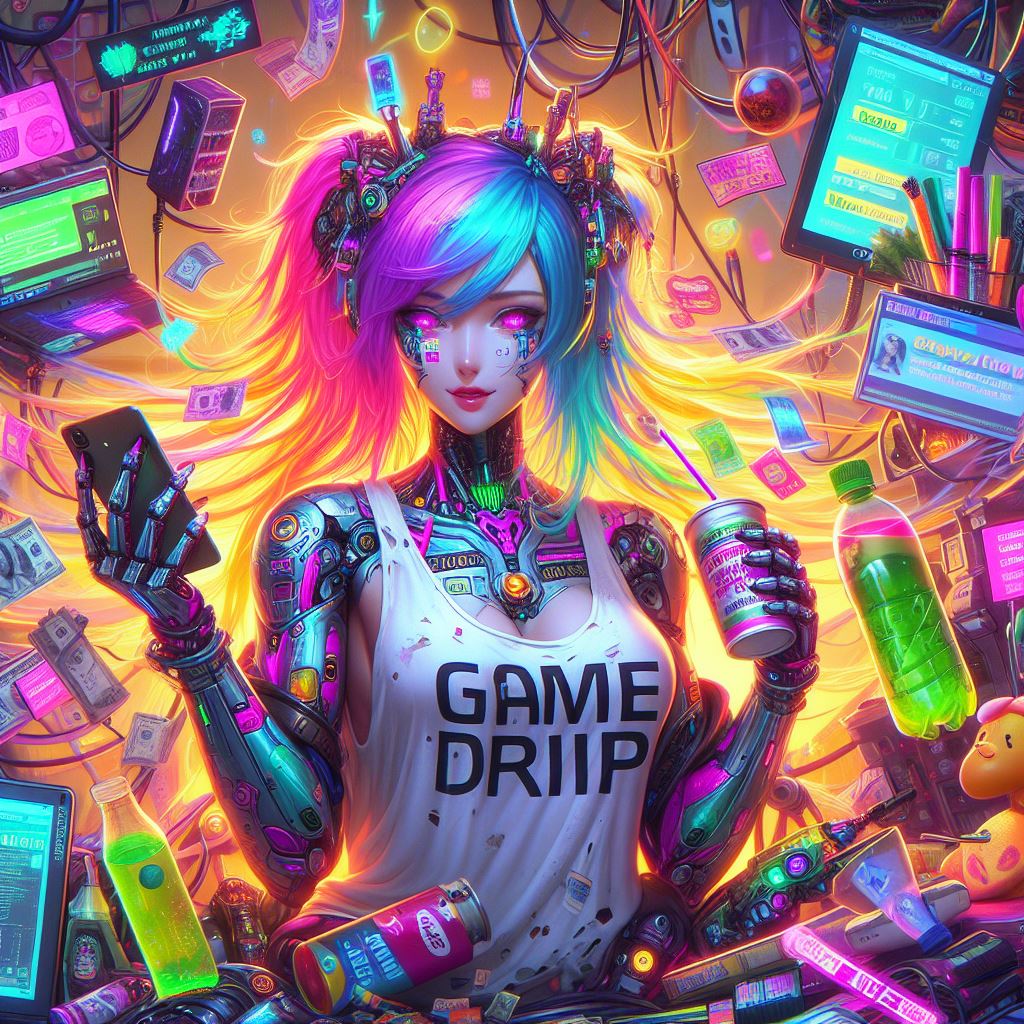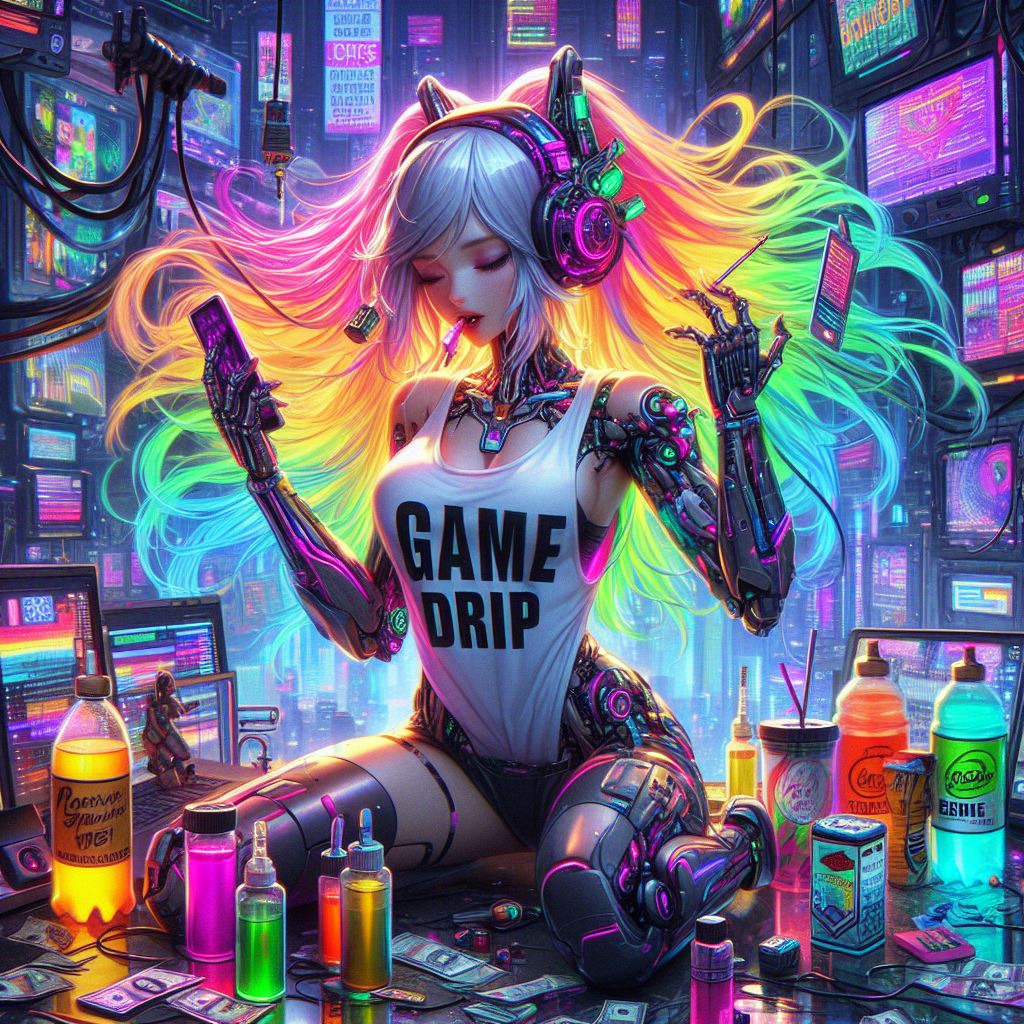As featured on Minecraft Servers
#Potato #Island

Server Concept:
Thousands of years ago, at the center of our world; 0,0. A potato crash landed from another planet, this single potato took its energy and created Potato Island, the center hub of our survival server. We have named him, the potato god. The powers of this potato god have elevated our civilization bringing new technology to the island never seen before.
Worlds Strongest Anvil:
Obtain unique magical items throughout your survival experience, one of those items are; a spawner shard(3-5 drop each time a spawner is broken). Requiring a blueprint, 5 spawner shards, some slime, and a few levels you can craft a placeable spawner! This system isn’t just used for spawners though, craft cosmetic keys, unbreakable tools, and the Ender Dragon respawn crystal!
Cosmetics:

On this server, you can not equip helmets. A base display item is blocking the helmet slot from ever being used. But dont worry, with milestones; you can get the advantage of armor on top of your cosmetics. Cosmetics are a random loot pool, generated by the potato god, and earned by using a crate key. Crate keys are crafted in the worlds strongest anvil.
Economy:
The economy of the server is broken up into gold/silver/materials. Gold is earned ingame, but can also be purchased in the webstore. Gold is only ever used for cosmetic items, such as placeable heads. Sell practically any item you have farmed for silver, but rare items can also be sold for a much hire value. Materials includes a lot of different things, but mostly- Spawner Shards, and Golden Potatoes. Spawner shards are earned by breaking a spawner that has been placed, you can get anywhere from 3-5 shards per spawner broken, and a placeable spawner requires 5 to craft. Golden Potatoes are obtained by farming potatoes. There is a 2% drop rate when farming potatoes, that you will get a golden potato. You require 64 golden potatoes to craft a cosmetic crate key. 1 Crate Key = 1 Cosmetic Spin. Duplicates can happen, but every time you get a duplicate you get an amount of gold that depends on the rarity.
Development:
This server is still in the very early stages of development, and is not open for any sort of gameplay. The only way to keep updated with server as of right now is through our discord: https://discord.gg/ffhpaZ5EBR Within the next few months, the server will go into its first beta stage; meaning it will be open to a small whitelist of players to help us locate bugs, stress test the servers hardware, and tweak prices for items. We want to have the server open with 1.21; but we are dedicated to making the best server possible before we open the doors.






















